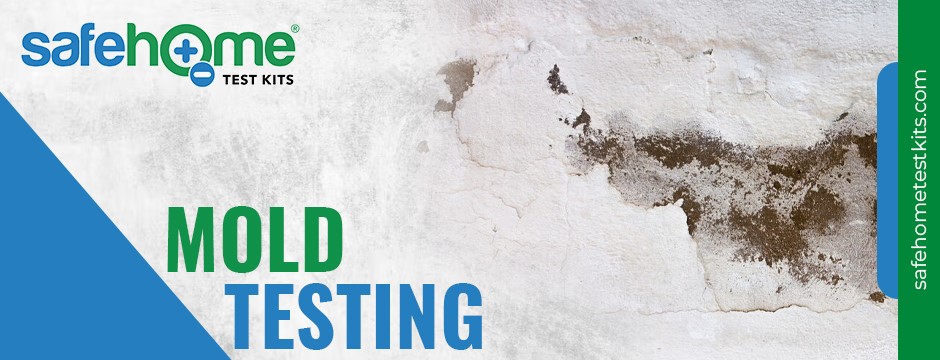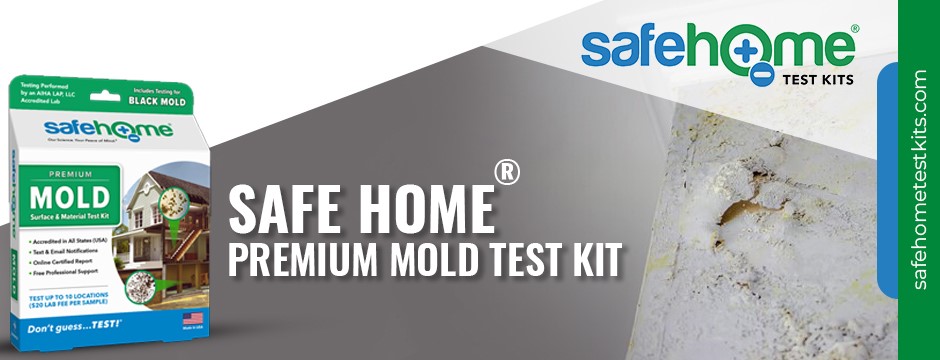Mold Testing 101: Identifying and Removing Mold Safely

Mold is a common household issue that can lead to various health problems and property damage if left unchecked. While mold is a natural part of the environment, its presence indoors can be detrimental. To ensure a healthy living environment, it’s crucial to understand mold testing, identification, and safe removal procedures. In this guide, we’ll explore mold testing 101, equipping you with the knowledge to identify and remove mold safely and effectively.
Understanding Mold
Before diving into mold testing and removal, let’s grasp the basics. Mold is a type of fungus that thrives in damp, humid environments. It reproduces by releasing tiny spores into the air, which can settle on surfaces and begin growing when they find favorable conditions. While some molds are harmless, others can produce mycotoxins, harming humans and pets when inhaled or touched.
Why Mold Testing is Important
Mold is only sometimes visible, and its presence can go unnoticed until it becomes a significant issue. This is where mold testing comes into play. Mold testing serves several essential purposes:
- Confirming Suspicions: If you notice signs of mold growth, such as a musty odor or visible spots on walls or ceilings, testing can confirm your suspicions and identify the extent of the problem.
- Identifying Hidden Mold: Mold can grow behind walls, under flooring, or in hidden corners. Testing can uncover mold in areas that are not easily visible.
- Assessing Indoor Air Quality: Mold spores can become airborne and affect indoor air quality. Testing can measure the concentration of mold spores in the air, helping to determine if air quality is safe.
- Ensuring Effective Remediation: After mold removal, testing confirms that the remediation process was successful and mold levels are back to normal.
Types of Mold Tests
There are several methods for mold testing, each with its advantages and limitations:
- Air Sampling: Air sampling involves collecting air samples from different areas of the property. These samples are then analyzed to determine the concentration of mold spores in the air. Air sampling is useful for assessing indoor air quality and identifying hidden mold.
- Surface Sampling: Surface sampling involves swabbing or tape-lifting mold-affected surfaces to collect samples. These samples are analyzed to identify the type of mold present. Surface sampling helps confirm the presence of visible mold.
- Bulk Sampling: Bulk sampling involves collecting material samples from areas with suspected mold growth, such as a piece of drywall or insulation. These samples are sent to a laboratory for analysis to determine the type of mold present.
- ERMI Testing: The Environmental Relative Moldiness Index (ERMI) is a comprehensive test that assesses the types and concentrations of mold spores in dust samples collected from various areas of a property. ERMI testing provides a broader picture of mold presence and is often used for research.

Safe Mold Removal
Once the mold is identified through testing, proceeding with safe removal practices is essential. Here are some key steps to ensure safe mold removal:
- Protect Yourself: Before starting mold removal, wear appropriate personal protective equipment (PPE) such as gloves, an N95 respirator, and safety goggles to prevent exposure to mold spores.
- Contain the Area: Seal off the affected area to prevent mold spores from spreading to other parts of the property. Use plastic sheeting and duct tape to create a containment area.
- Remove Mold: Depending on the extent of the infestation, you may need to remove affected materials like drywall, insulation, or flooring. Use proper techniques to avoid spreading mold spores further.
- Clean and Disinfect: Clean all surfaces with an appropriate mold cleaner and disinfectant. Ensure thorough cleaning to remove any remaining mold residue.
- Proper Disposal: Dispose of mold-infested materials in sealed plastic bags according to local regulations.
- Ventilation: Properly ventilate the area during and after mold removal to ensure that any remaining spores are carried out of the property.
- Monitor Air Quality: After removal, consider post-remediation testing to confirm that mold levels are within acceptable limits.
Preventing Mold Growth
Prevention is key to avoiding future mold issues. Here are some tips to prevent mold growth in your home:
- Maintain Proper Ventilation: Ensure proper ventilation in moisture-prone areas, such as bathrooms, kitchens, and basements.
- Control Humidity: Keep indoor humidity below 60% to discourage mold growth. Consider using dehumidifiers if necessary.
- Fix Leaks: Promptly repair water leaks or seepage to prevent moisture buildup.
- Regular Cleaning: Clean and dust your home regularly to prevent the accumulation of mold spores.
- Use Mold-Resistant Materials: Use mold-resistant materials when renovating or building, especially in moisture-prone areas.

Safe Home® Premium Mold Test Kit: Detect Mold with Confidence
When it comes to mold, early detection, and precise identification are crucial for maintaining a healthy living environment. That’s where the Safe Home® Premium Mold Test Kit steps in as your reliable ally. Whether you’re a homeowner, contractor, or home inspector, this comprehensive kit equips you with everything needed to sample, return, and test mold confidently.
Comprehensive Testing, Accredited Lab: The heart of the Safe Home® Premium Mold Test Kit lies in its accredited laboratory services. Our lab holds AIHA LAP, LLC accreditation in all 50 states for mold testing, ensuring you receive the highest standard of accuracy and reliability. This accreditation also means that our testing meets the rigorous requirements for various scenarios, including home inspections, mortgage loans, and real estate closings.
Easy-to-Use Kit: We understand that mold testing should be straightforward and accessible. That’s why our Premium Mold Test Kit is designed with user-friendliness in mind. Whether you’re a seasoned professional or a first-time tester, the kit is easy to use, thanks to its clear instructions and intuitive components.
Return Shipping Made Simple: The Safe Home® Premium Mold Test Kit simplifies the return process. After collecting your mold samples, returning them for testing is hassle-free. Please note that return shipping is at the expense of the end-user, ensuring cost-effective testing without compromising quality.
Affordable Lab Fee: There’s a minimal lab fee of $20 per sample to analyze your mold samples. This fee is paid by the end-user when registering their test kit online. It covers standard testing and reporting services, providing valuable insights into your environment’s presence and type of mold.
With the Safe Home® Premium Mold Test Kit, you take control of mold detection. By promptly identifying and addressing mold issues, you can maintain a healthy living space for you and your loved ones. Don’t leave mold detection to chance—trust Safe Home® for accuracy and peace of mind.
Conclusion
Mold testing is a crucial step in maintaining a healthy indoor environment. Identifying and removing mold safely is essential for your well-being and the integrity of your property. By understanding the basics of mold, conducting proper testing, and following safe removal procedures, you can effectively address mold issues and ensure a mold-free living space.


